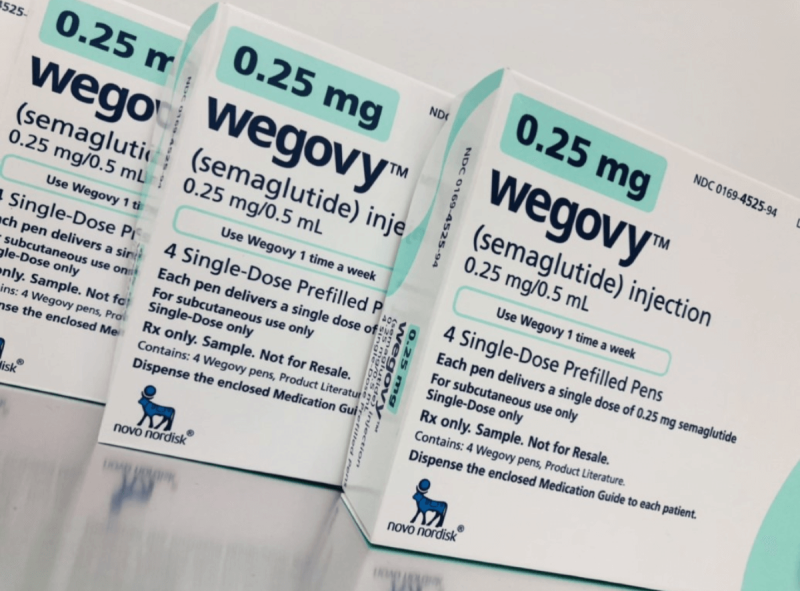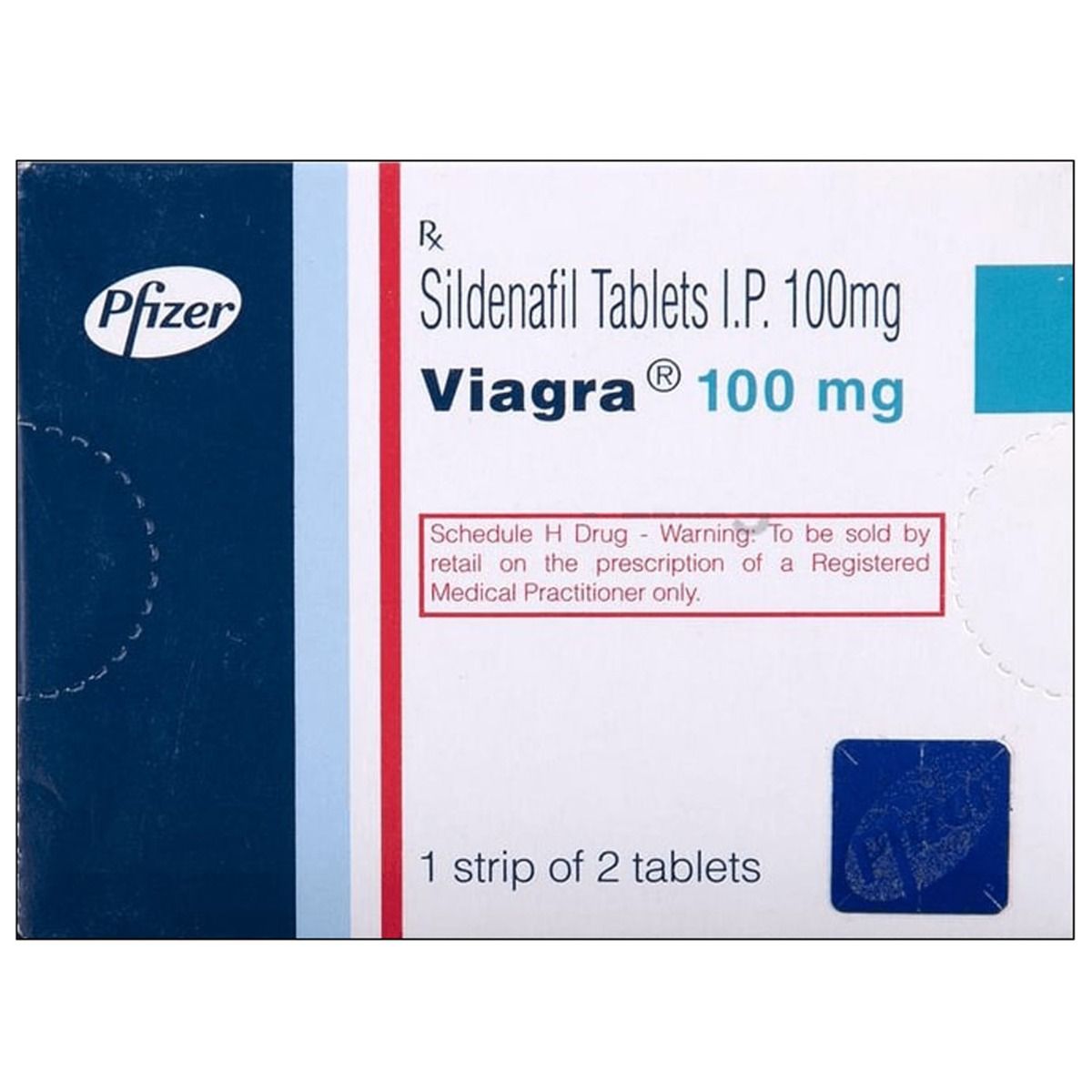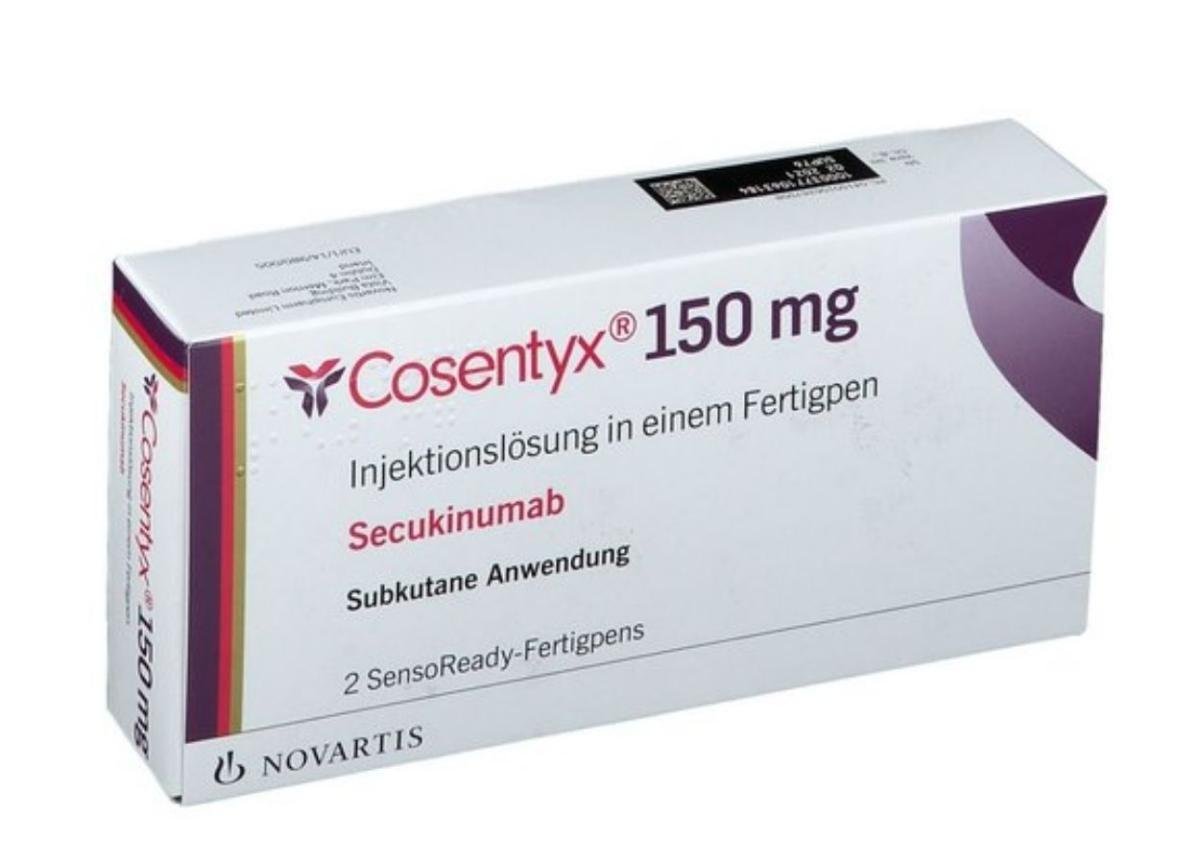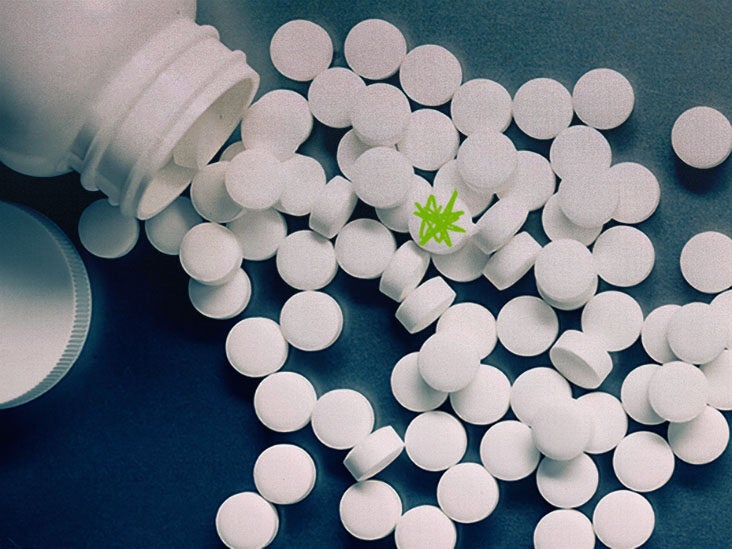Wellbutrin is the brand name for the medication bupropion, which is primarily used to treat major depressive disorder (MDD) and seasonal affective disorder (SAD). Here’s an overview of the uses, benefits, common symptoms, and potential side effects of Wellbutrin: Wellbutrin Tablet Uses Benefits and Symptoms Side Effects

Uses: Wellbutrin is used for the following conditions:
- Major Depressive Disorder (MDD): It is prescribed to alleviate the symptoms of depression, including persistent sadness, loss of interest, changes in appetite, and sleep disturbances.
- Seasonal Affective Disorder (SAD): Wellbutrin is also indicated for the treatment of SAD, a type of depression that occurs during certain seasons, typically winter, when there is less natural sunlight.
Benefits:
Wellbutrin provides several benefits for individuals with depression or seasonal affective disorder, including:
- Antidepressant Effects: Wellbutrin works by inhibiting the reuptake of norepinephrine and dopamine in the brain, which helps improve mood, reduce feelings of sadness, and alleviate other symptoms associated with depression.
- Smoking Cessation Aid: Bupropion, the active ingredient in Wellbutrin, is also approved as a smoking cessation aid under the brand name Zyban.
Symptoms:
The symptoms that Wellbutrin helps alleviate are primarily related to depression and seasonal affective disorder, including:
- Depressed mood
- Loss of interest or pleasure
- Sleep difficulties (such as insomnia or excessive sleep)
- Changes in appetite or weight
- Fatigue or lack of energy
- Feelings of guilt or worthlessness
Side Effects:
While Wellbutrin is generally well-tolerated, it can cause side effects in some individuals. Common side effects may include:
- Dry mouth
- Nausea or
- Constipation
- Headache
- Insomnia or sleep disturbances
- Increased heart rate or palpitations
- Agitation or anxiety
Less common but potentially serious side effects can occur,
and it’s important to seek medical attention if any of these symptoms occur:
- Seizures (more likely at higher doses)
- Allergic reactions (rash, itching, swelling, difficulty breathing)
It’s important to note that this is not an exhaustive list of side effects,
and different individuals may experience different reactions. If you have any concerns or questions about Wellbutrin or its side effects, it is advisable to consult a healthcare professional who can provide personalized information based on your medical history and current condition. Regular monitoring and follow-up with your healthcare provider are recommended during treatment with Wellbutrin.
Wellbutrin Tablet Uses Benefits and Symptoms Side Effects what is Wellbutrin drug Wellbutrin Tablet in hindi what is Wellbutrin drug Wellbutrin Tablet in hindi

















